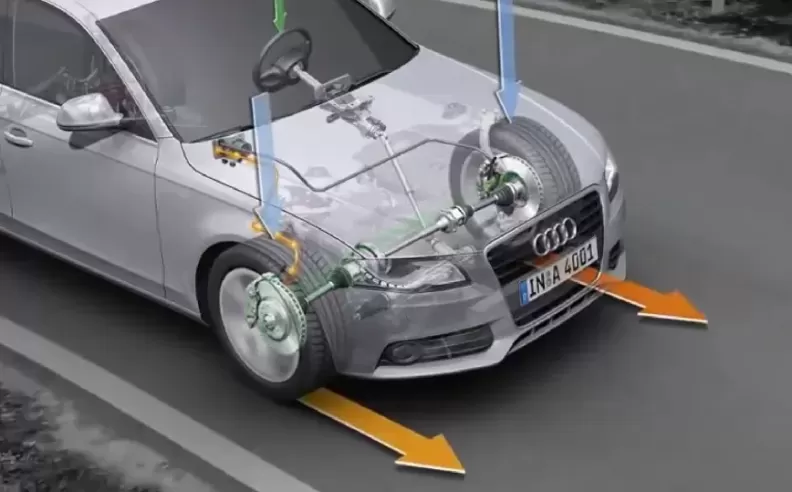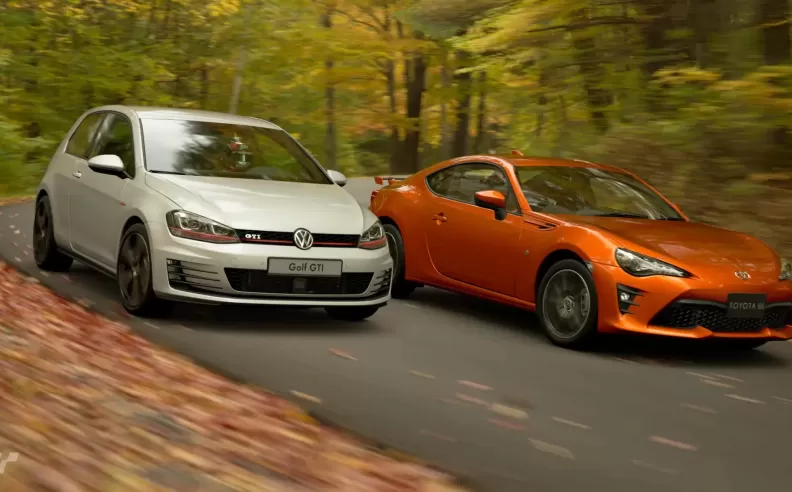
Purchasing a car is a significant decision that requires careful consideration of various factors. One of the most fundamental choices you'll encounter is whether to opt for a front-wheel drive (FWD) or rear-wheel drive (RWD) vehicle. Both drivetrain configurations have their unique characteristics, advantages, and drawbacks. Understanding the differences between them can help you make an informed decision that aligns with your driving preferences, needs, and lifestyle.

Front-wheel drive is a configuration where the engine's power is sent to the front wheels of the vehicle. This setup has become increasingly popular over the years due to its efficiency, space utilization, and lower production costs. Here are some key considerations when buying an FWD car:
1. Efficiency and Fuel Economy: FWD vehicles generally offer better fuel efficiency due to their lighter weight and reduced mechanical complexity. The compact layout of the drivetrain also leaves more interior space for passengers and cargo.
2. Traction: FWD vehicles tend to perform well in inclement weather conditions like rain and light snow due to the added weight of the engine over the front wheels, which improves traction. This can provide a sense of security for everyday commuting.
3. Maneuverability: FWD cars often have a tighter turning radius, making them easier to maneuver and park in urban environments.
4. Cost: FWD cars are typically more affordable to manufacture and maintain, resulting in lower purchase prices and maintenance costs.

In a rear-wheel drive configuration, the engine's power is directed to the rear wheels of the vehicle. RWD vehicles have a distinct driving feel and are often associated with performance and sportiness. Here are some factors to consider when contemplating the purchase of an RWD car:
1. Handling and Performance: RWD cars tend to provide more balanced weight distribution, enhancing handling and cornering capabilities. This configuration is often preferred by driving enthusiasts for its dynamic and engaging driving experience.
2. Power Delivery: RWD vehicles deliver power to the rear wheels, resulting in improved acceleration and a more direct connection between the driver and the road.
3. Towing and Payload: RWD vehicles are well-suited for towing heavy loads or carrying substantial payloads, making them a popular choice for trucks and larger vehicles.
4. Maintenance and Repairs: While RWD cars can be slightly more complex to maintain, advancements in technology have mitigated many of these concerns. However, they may require more attention in snowy or icy conditions due to potentially reduced traction.

Choosing between FWD and RWD depends on a variety of factors, including your driving preferences, geographical location, and intended usage of the vehicle. Here's a step-by-step guide to help you make an informed decision:
1. Assess Your Driving Needs: Consider your typical driving conditions, whether you'll be commuting in urban areas, tackling harsh weather, or seeking high-performance experiences.
2. Research Models: Identify the vehicles available in the market that align with your needs and preferences. Narrow down your choices based on factors such as size, style, and budget.
3. Test Drive: Arrange test drives for both FWD and RWD models to experience the differences firsthand. Pay attention to handling, acceleration, and overall driving feel.
4. Consider Ownership Costs: Evaluate the long-term costs of ownership, including fuel economy, maintenance, insurance, and potential resale value.
5. Weather Conditions: If you live in an area with severe winters or challenging road conditions, FWD might be more suitable. RWD could still be an option if you're comfortable with using winter tires and adapting your driving style.
6. Personal Preference: Ultimately, your personal driving preference plays a significant role. If you prioritize performance and dynamic driving, RWD might be the way to go. If practicality, fuel efficiency, and ease of maintenance are top priorities, FWD could be the better choice.
The decision to choose between front-wheel drive and rear-wheel drive hinges on multiple factors, each impacting your driving experience and practicality. By assessing your driving needs, researching available models, testing different configurations, and considering your geographical location, you can make an informed decision that aligns with your lifestyle and preferences. Whether you opt for the efficiency of FWD or the performance of RWD, modern vehicles offer a range of options to cater to your specific requirements.

Wael is an automotive content writer specializes in creating written content for Motor 283. Producing a wide range of content, including blog posts, articles, product descriptions, reviews, and technical guides related to cars, trucks, motorcycles, and other vehicles, with an unprecedented passion for cars, and motorcycles.
